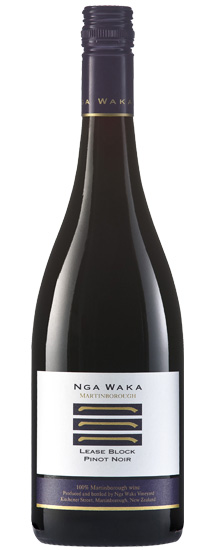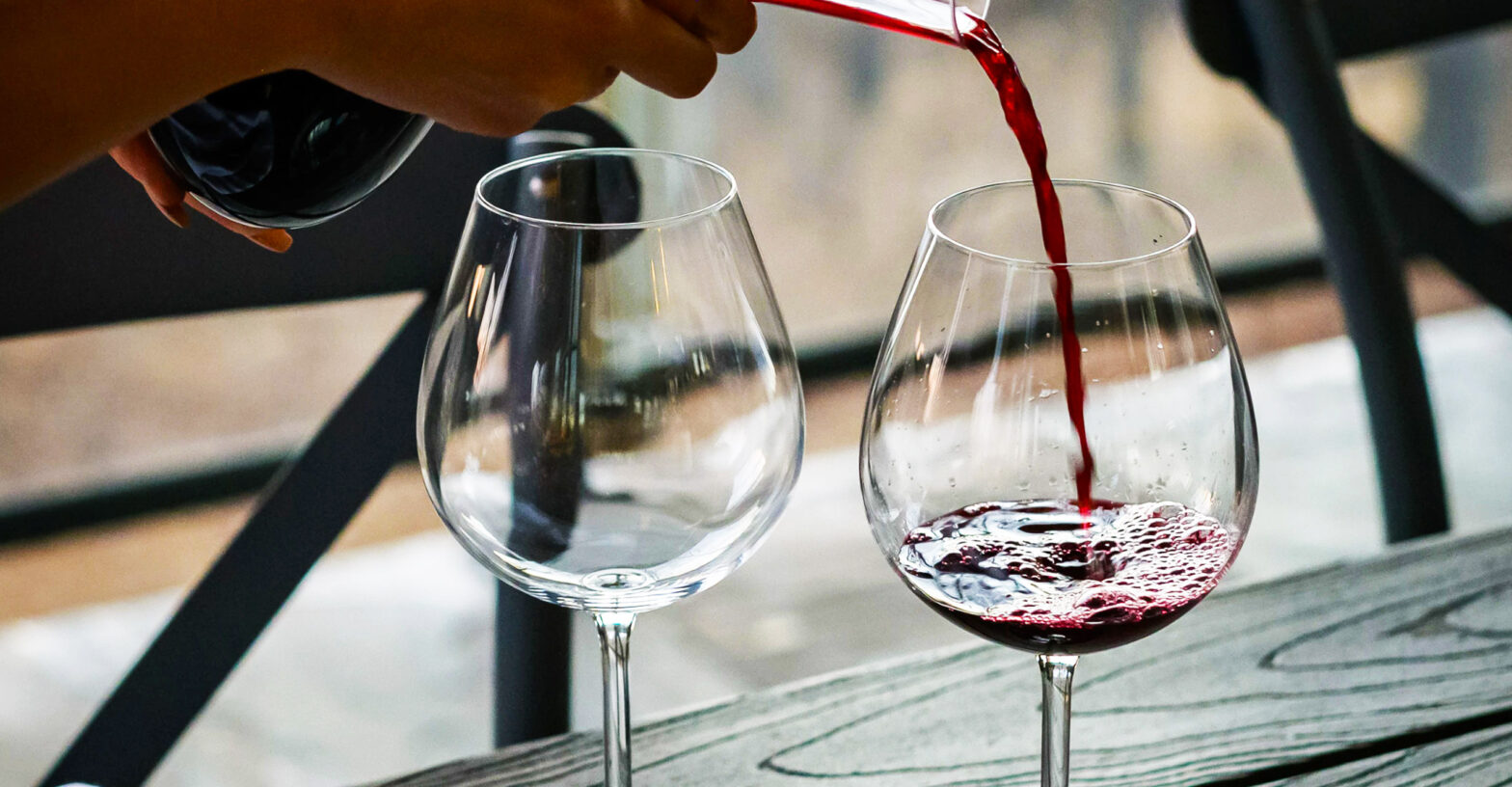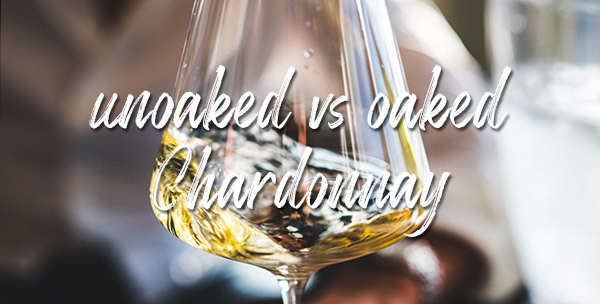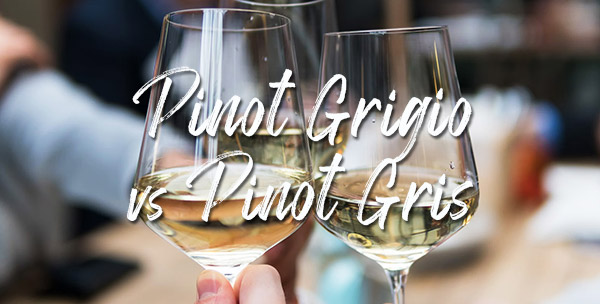What is the difference between lighter & fuller style Pinot Noir...?
During tastings, wine classes, formal dinners and during casual occasions - I regularly get asked what is the difference between this grape or this wine compared with...? It could be a grape varietal which they have never heard of or tasted or a new winery or wine label.
But the following series - and yes there are going to be a few. Is going to look at what is the difference between a ‘lighter style’ Pinot Noir and a ‘fuller style’ Pinot Noir. Describing the typical primary flavours and palate characteristics from winemaking choices, highlighting 2 drinking now examples - and then suggesting food pairing ideas for you to try out next time you have a bbq, dinner party and evening out.
Pinot Noir owes its reputation to the wines of Burgundy - France. For most of wine history, this 3.5km-wide, 50km-long stretch of gentle hills, called the Cote d'Or ('Slope of Gold'), was the first region to achieve consistent success from the Pinot Noir vine. The quality of Burgundy is due to a number of factors. Its vineyards gentle slopes facing down toward the east, providing the vines with early morning sun exposure, while at the same time avoiding extreme afternoon heat. The soils there are very calcareous, offering good drainage. Pinot Noir seems to reflect more pronounced 'Gout de Terroir', or 'flavour of the soil', than other red/black grape varietals, making vineyard and site selection critical.
There are some *200 recognized clones (genetic variants) of Pinot Noir in the Burgundy wine region, and an estimated *800+ clones of Pinot Noir worldwide. The most appealing quality of Pinot Noir may be its soft, velvety texture on the palate. Plus when physiologically ripe and handled correctly, e.g. given the appropriate amount of time in new or used oak, can taste like liquid silk. A lighter style Pinot Noir will showcase red cherries and subtle herbs, while a fuller style Pinot Noir will express dark cherries, earthy notes like truffles and typically have more time in oak.
• Classic Flavours: Sweet red to dark cherries, red plums, wild small berries, dried herbs and floral-herb notes, berry chocolate, mushrooms, earthy, forest floor, mocha, truffles, and smoky characters depending upon the use of oak.


Rua by Akarua Wines
2019 'Central Otago' Pinot Noir
Grape Varietal: 100% Pinot Noir
Region: Central Otago - New Zealand
Head Winemaker: Andrew Keenleyside
Brief Tasting Note:
This Pinot Noir has lifted aromas of sage, wild thyme, ripe cherries and mulberries. These bright notes carry onto the approachable palate, that has soft silken tannins, deft notes of oak, bright structural acidity and a clean dry finish.
Serve at 15°- 16°C : 13.5% Alc.

Nga Waka Vineyards
2016 'Lease Block' Pinot Noir
Grape Varietal: 100% Pinot Noir
Region: Martinborough - New Zealand
Founder / Winemaker: Roger Parkinson
Brief Tasting Note:
Dark cherries and dried herb aromas. Intense flavours of dark cherries, truffles, and dried herbs underpinned by smooth tannins, refined oak from barrel maturation. Giving layered textures to a balanced palate and a rich lingering finish.
Serve at 15° - 17°C : 14.0% Alc.
Classic Food Pairing Suggestions:
A youthful, lighter style Pinot Noir pairs well with: bbq salmon, seared tuna, duck spring rolls, simple pizza’s and mixed earthy vegetarian dishes. A richer, fuller style Pinot Noir with an amount of oak - will pair well with: smoked salmon, roast pork, lamb cutlets, duck and roasted, well-seasoned vegetarian cuisine…to name a few - enjoy and share the journey.




